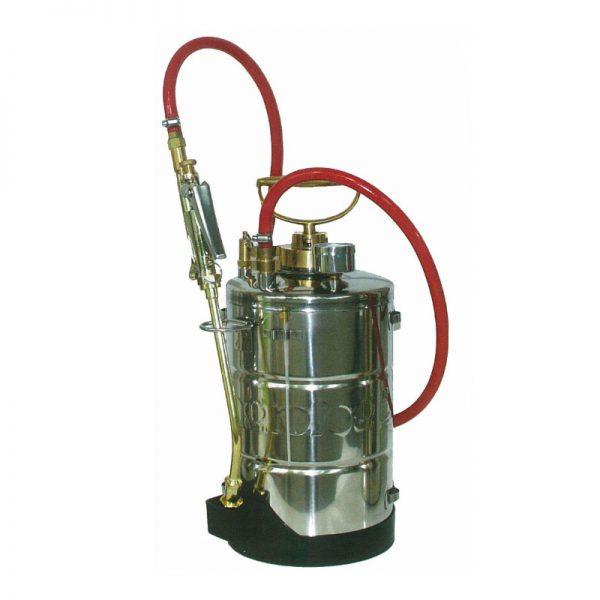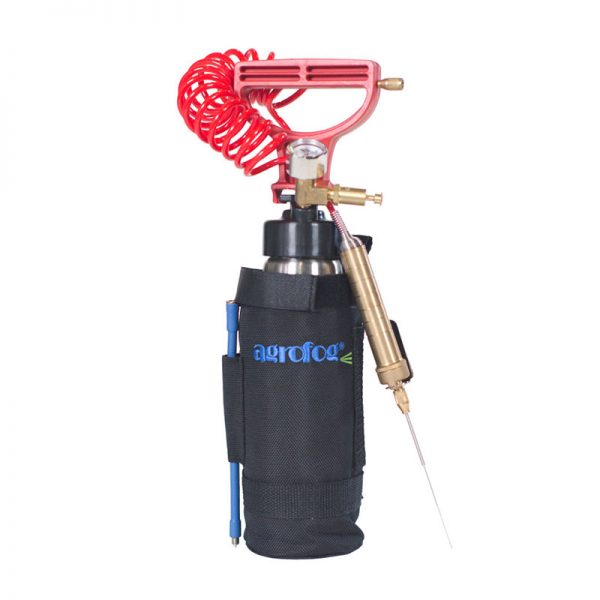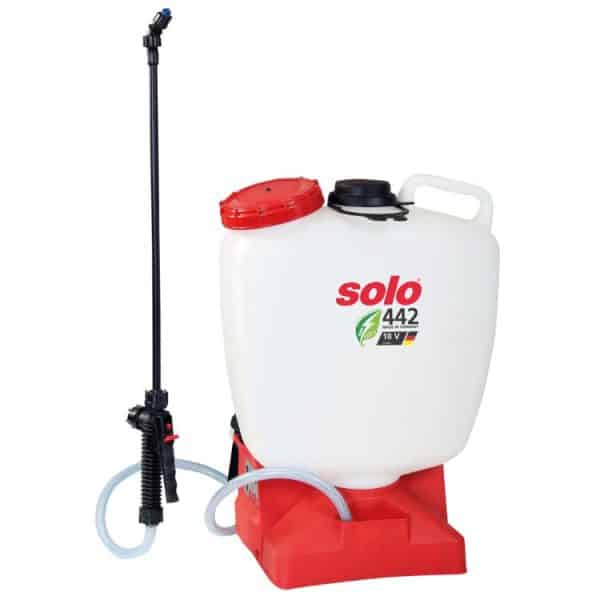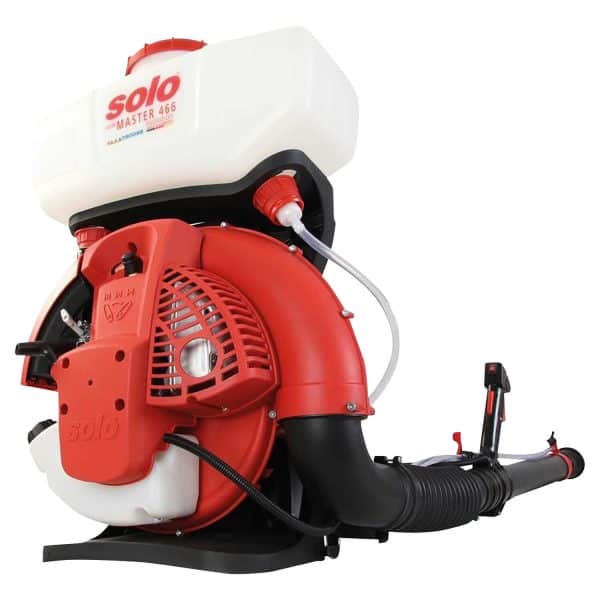ANTS
PEST ANT FACTS
Ants are considered a pest because they can be a nuisance to households or business owners when their numbers are overwhelming. In addition, pest ants spoil food, contaminate surgical instruments in hospitals, are mechanical vectors to human diseases and they also sting, bite and bring about allergies after those bites and stings.
Tiny or big ants and color varying from brown, yellow, red or black ants are common nicknames for common household ants. Some ants such as Ghost, Sugar and Pharaoh ants prefer to nest indoor especially kitchens and pantries as it offer sources of food and shelter. And, majority of the outdoor nesting ants like Carpenter and Fire Ants actually forage indoor for food. Tree nesting ants like Red Weaver Ants on more commonly known as Kerengga Ants, they form colonies with multiple nests among the foliage of trees and inflict painful bites when disturbed.
Sugar ants may come from existing nests inside your home. Most sugar ants come from outside your home. They have about four to five times more odor receptors than other insects, and can smell food and follow scent trails through cracks, crevices, vents, and other openings in your home and foundation. Only one ant needs to find an entry point. Once an ant finds a food or water supply, it lays a pheromone or scent trail for other ants to follow.
It is common to think of all ants as being attracted to sugar. However, this is not the case. Pest ants often display different behavioural responses to food and attractancy towards a type of nutrient would also vary with time. Different species of ants are also drawn to different food sources. While, sugar ants are typically attracted to sweet foods, other ant species prefer protein-rich or fat sources for food. Some other ant species will eat either.
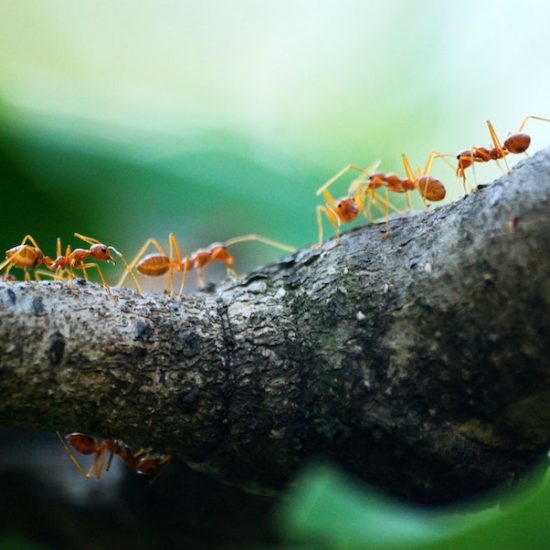
METHOD OF TREATMENT FOR ANTS
Chemical treatment remains the most reliable and effective way to treat a pest ant infestation. Ensure to conduct a thorough inspection before application, to determine the known and potential ant foraging trails. The following are the different methods of chemical treatment:
Residual spray
Involves diluted insecticide being sprayed on the surface or at areas where foraging pest ants are observed. However, the use of residual spray may only kill the present foraging pest ants and colony elimination may not be achieved unless the nest of the ants is located and treated directly. Residual spray with repellant effect could also be used as a barrier or perimeter treatment to prevent ants from entering indoors.
When choosing good residual insecticide to use against ants, non-repellents are the overwhelmingly popular choice these days, and with good reason. Ants could not detect these “invisible” insecticides and, therefore, readily crawl through them and does not cause them to scatter, budding. As these ants return to the nest, they are unknowingly contaminated by the non-repellant insecticide and transferring it to their nest mates. Over time, this eliminates all of the ants including the queen. While this method is slower than some, it usually results in complete eradication of the ant colony.
Baits
An effective ant bait is designed differently from a contact kill residual spray. The key to a successful ant control is to use a highly attractive bait matrix which is so palatable to foraging ants and at the same time they are laying more pheromone trails to invite their nestmate to their last meals. The toxicant then spread slowly in the colony to allow for foraging worker ants to bring the toxicant back to their colony and by taking advantage of trophallaxis, or regurgitation-feeding biological food sharing process among ant colony to achieve pest ant colony elimination, including the Queen. Baits should be placed close to foraging worker ants, which will be taken up by worker ants and brought back to the colony. Once ingested by foraging workers, numbers of foraging ants should decrease gradually.
Beside palatable and slow acting, a ready-to-use and easy to apply ant gel from the syringe allows you place the gel in hard-to-reach areas where ants travel, such as crack and crevices. A good ant gel formulation will not stain treated surfaces or give off strong odor, but will hold its shape without running, which can reduce customer complaints. Some other formulations are also available in the form of gel, liquid, paste, granules, and bait station.
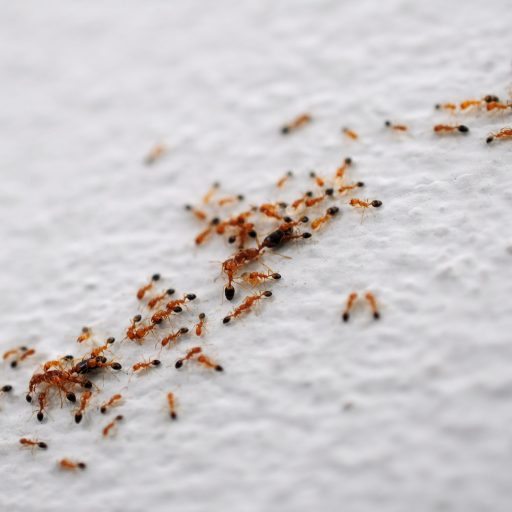
SIGNS OF ANT INFESTATION
An infestation of Pest Ants can be identified by:
- Live Ants – observation of live ant movements. For example, seeing worker ants in the kitchen or at areas of food preparation.
- Ant Foraging Trail – observation of an ant foraging trail. Ants will move in and out of an area to the food source, following a chemical pheromone laid out earlier by other worker ants. Groups of ants will travel back and forth from their nest to this food source via this trail.
- Swarmer Ants – as part of their seasonal activity, swarming often take place after rain when the temperature is low and humid. Ants will produce a swarm of winged flying ants, known as swarmer ants. Swarming is also known as reproductive flight, as the ants are out to start new colonies.
- Ant Nest/ Mounds – outdoor ants typically nest in soil or wood and some other ants that are opportunistic nesters where they will just make nest practically anyplace that meets their needs for food, moisture and protection.
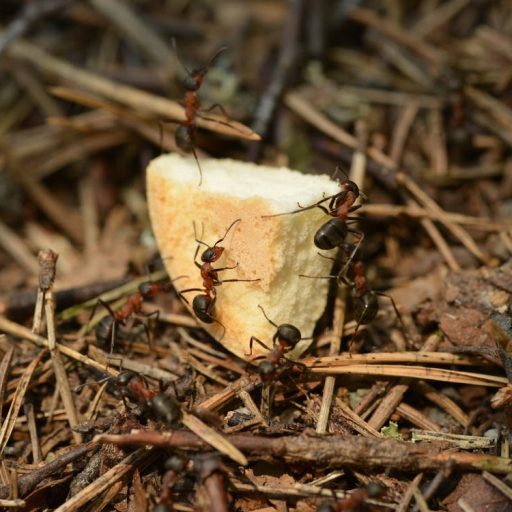
TYPES OF PEST ANTS
Ants are social insects which form small to large colonies. In a colony, ant colonies are made up of defined caste system or division of labor that consist of workers, reproductive swarmer, and the queen with her short lived mate, the king.
The Worker caste is commonly sighted outside of the colony and there may be a few hundred to thousands of individuals within a single colony. They also carry out most of the colonial activities, as a unit, such as food gathering, defence and colony movement. Most ants are opportunistic feeders; they eat just about anything. That can include other ants, dead insects, parts of dead animals, grains, fruits and vegetables. Specific ant species do have preferences, it depends on the development stage in the colony to acquire carbohydrate, fats or protein.
Queens are the largest individual in the colony and are involved in egg-laying. Often, an ant colony has more than one queen. Ant species that have more than one queen in their nests are called polygyne. Colonies with only one egg-laying queen are known as monogyne. Queen ants and males are part of the reproductive castes. They are the most important members of a colony because they ensure the survival of their species.
Reproductive Swarmer consist of both female and male ants winged individuals commonly known as swarmer, alates or flying ants. They usually leave the nest to swarm, mate and establish new colonies. The male ant dies after mating, while the female will lay the first batch of eggs and will then become the queen. Pest ants do not necessarily need to establish a colony through female and male ants, but could also establish a colony through budding (movement of worker ants with the brood and queen from their original colony to establish a new nest site).
There are over 12,000 ant species in the world, but only 9 species are common in Singapore:
- Ghost or Sugar Ant (Tapinoma melanocephalum, Tapinoma indicum)
- Pharoah Ant (Monomorium pharaonis)
- Singapore Ant (Monomorium destructor)
- Rambutan or Fruit Ant (Dolichoderus thoracicus)
- Big-headed Ant (Pheidole spp.)
- Crazy Ant (Paratrechina longicornis)
- Fire Ant (Solenopsis spp.)
- Kerengga or Weaver Ant (Oecophylla smaragdina)
- Garden Ant (Pheidologeton spp.)
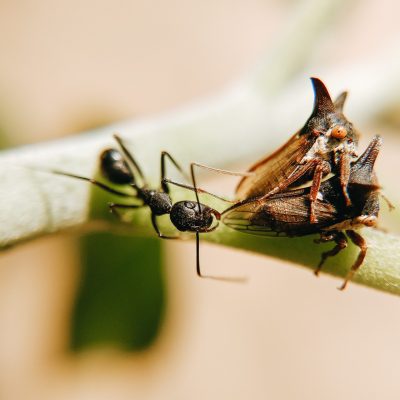

 CHEMICALS
CHEMICALS